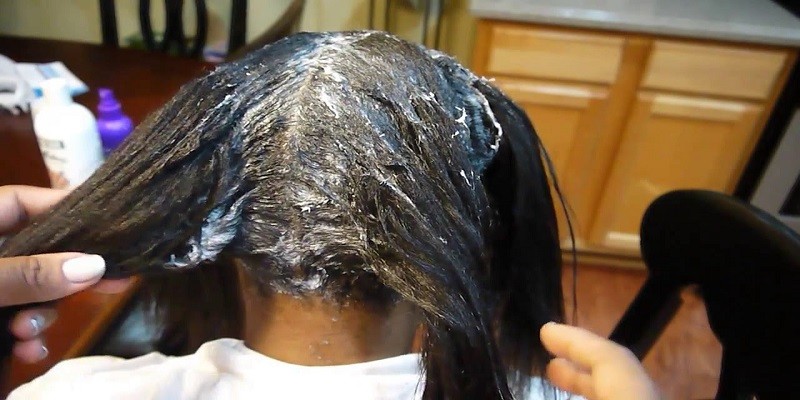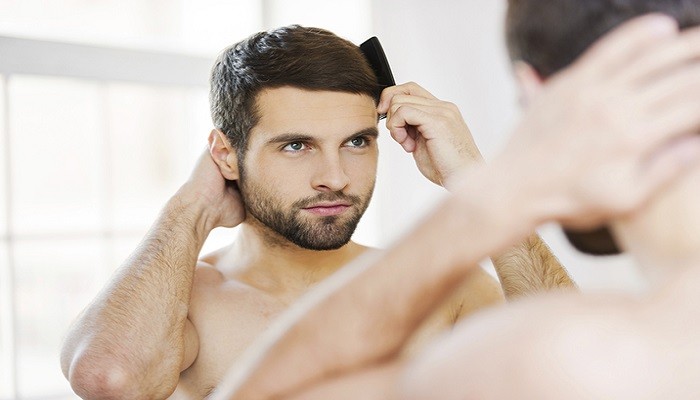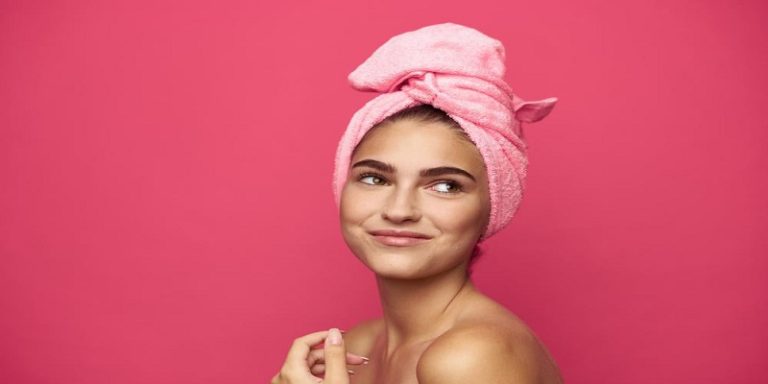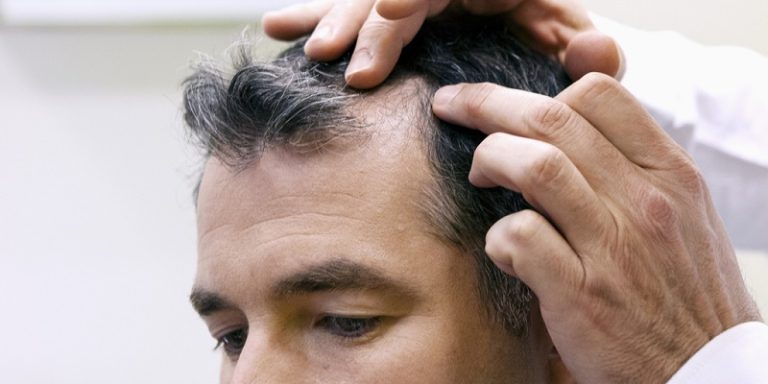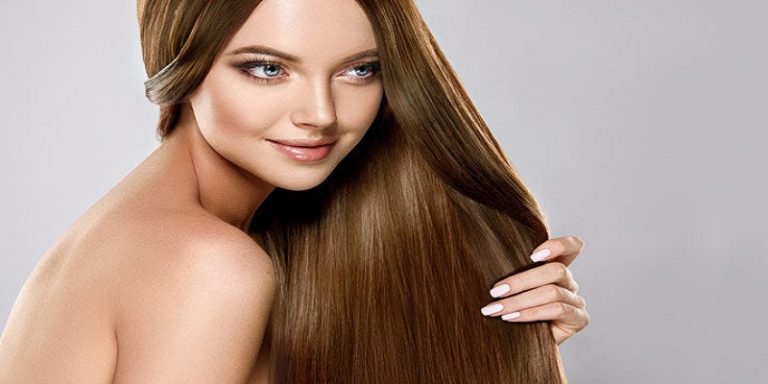Can I Relax My Hair Again If It Didn’t Take?
Last Updated on June 18, 2025 by Jaclyn A. Neeley
Hair relaxing is a chemical process that alters the structure of curly or wavy hair to make it straight. However, sometimes the process may not yield the desired results, leading to under-processed hair. This article explores the reasons why a hair relaxer might not be taken, the potential risks of reapplying a relaxer, and the best practices for achieving the desired results safely.
Understanding Why a Relaxer Might Not Take
Several factors can contribute to a hair relaxer not taking effectively:
- Type of Relaxer Used: No-lye relaxers, which are commonly used for home applications, are generally less effective than lye relaxers. No-lye relaxers often contain guanidine hydroxide, which may not break the hair’s disulfide bonds as effectively as sodium hydroxide (lye relaxers).
- Application Technique: Proper application is crucial for the relaxer to work effectively. Common mistakes include applying the relaxer to wet hair, not applying it evenly, or not leaving it on for the recommended time. Water can swell the hair, making it harder for the relaxer to penetrate the cortex where the disulfide bonds are located.
- Hair Condition: The condition of the hair prior to relaxing can also affect the outcome. Hair that is not properly prepped, such as hair that has not been thoroughly cleaned or has been treated with other products, may not absorb the relaxer well.
- Hair Type: Different hair types respond differently to relaxers. Hair that is very resistant or has a different texture may require a stronger relaxer or a different technique to achieve the desired straightness.
Risks of Reapplying a Relaxer
Reapplying a relaxer too soon after the initial application can pose several risks:
- Chemical Burns and Scalp Irritation: Relaxers contain strong chemicals that can cause burns and irritation if applied improperly or too frequently. It is essential to protect the scalp with a base cream before application to minimize these risks.
- Hair Damage: Over-processing the hair can lead to severe damage, including breakage, dryness, and loss of elasticity. This is because the relaxer breaks down the hair’s protein structure, making it more fragile.
- Health Concerns: Frequent use of chemical relaxers has been linked to various health issues, including endocrine disruption and potential links to certain cancers. It is crucial to consider these risks before deciding to reapply a relaxer.
Best Practices for Reapplying a Relaxer
If you decide to reapply a relaxer, it is important to follow best practices to minimize risks and achieve the desired results:
- Wait for the Appropriate Time: It is generally recommended to wait at least six weeks before reapplying a relaxer. This allows the hair and scalp to recover from the initial application and reduces the risk of over-processing.
- Consult a Professional: If possible, seek the help of a professional stylist. They can assess the condition of your hair and scalp, recommend the appropriate type of relaxer, and apply it correctly to avoid damage.
- Prepare Your Hair Properly: Before reapplying the relaxer, ensure your hair is clean and free of any products that could interfere with the process. Avoid washing your hair immediately before the application to prevent scalp irritation.
- Use Protective Measures: Apply a base cream to your scalp and around your hairline to protect your skin from the chemicals. Follow the instructions carefully and do not exceed the recommended processing time.
- Perform a Strand Test: Before applying the relaxer to your entire head, perform a strand test to check how your hair reacts to the product. This can help you avoid over-processing and ensure the relaxer will take effectively.
Corrective Relaxer Application
If your hair is under-processed, a corrective relaxer can help achieve uniform straightness. Here are the steps to follow:
- Identify Under-Processed Areas: Examine your hair to identify the sections that are under-processed. These areas may have a looser curl or wave and may feel drier and more brittle.
- Apply the Relaxer to New Growth: Focus on applying the relaxer to the new growth and under-processed areas. Avoid overlapping the relaxer on previously relaxed hair to prevent over-processing and breakage.
- Follow a Systematic Approach: Apply the relaxer in small sections, starting from the back of the head and working your way forward. Ensure even application and avoid applying the relaxer directly to the scalp7.
- Neutralize and Condition: After the relaxer has been processed, rinse it out thoroughly with warm water. Use a neutralizing shampoo to rebond the hair’s structure and stop the chemical process. Follow up with a deep conditioner to restore moisture and strength to the hair.
Aftercare for Relaxed Hair
Proper aftercare is essential to maintain the health and appearance of relaxed hair:
- Moisturize Regularly: Use a lightweight hair oil and deep conditioning treatments to keep your hair hydrated and prevent dryness and breakage.
- Limit Heat Styling: Minimize the use of heat styling tools to avoid further damage. Opt for heat-free styling methods such as wrapping or using satin rollers.
- Protect Your Hair at Night: Wrap your hair in a silk or satin scarf or use a silk pillowcase to reduce friction and prevent breakage while you sleep.
- Trim Regularly: Schedule regular trims to remove split ends and maintain the overall health of your hair.
Conclusion
Reapplying a hair relaxer can be done safely if proper precautions are taken. Understanding why the initial relaxer did not take, waiting the appropriate amount of time, consulting a professional, and following best practices can help achieve the desired results while minimizing risks. Proper aftercare is also crucial to maintain the health and appearance of relaxed hair. By following these guidelines, you can enjoy the benefits of relaxed hair without compromising its health.
FAQs
What happens if you relax your hair twice?
Relaxing your hair twice can lead to severe damage, including breakage, thinning, and scalp irritation. Overlapping relaxers on already-processed hair weaken the hair shaft, making it brittle and prone to breakage. It is crucial to avoid reapplying relaxers on previously relaxed hair to prevent over-processing and potential hair loss.
How long before I can relax my hair again?
It is generally recommended to wait at least 10-12 weeks between relaxer applications to allow sufficient new growth and avoid overlapping on previously relaxed hair. This waiting period helps prevent over-processing and reduces the risk of hair damage and breakage.
What happens if you put a relaxer on already relaxed hair?
Applying a relaxer on already relaxed hair can cause over-processing, leading to severe damage such as breakage, thinning, and scalp burns. Overlapping relaxers weaken the hair shaft, making it brittle and prone to breakage. It is essential to only apply relaxer to new growth to maintain hair health.
How many times can you relax your hair?
The frequency of relaxing hair varies, but it is generally recommended to relax hair every 10-12 weeks to allow sufficient new growth and avoid overlapping on previously relaxed hair. Over-relaxing can lead to severe damage, so it is crucial to follow a proper schedule and consult a professional if unsure.
How to safely apply a hair relaxer at home?
To safely apply a hair relaxer at home, follow these steps:
- Pre-relaxer prep: Deep condition and detangle hair.
- Section hair: Divide hair into manageable sections.
- Protect the scalp: Apply a base like petroleum jelly to the scalp.
- Apply relaxer: Use an applicator brush to apply the relaxer to new growth only.
- Timing: Follow the relaxer’s recommended time.
- Rinse thoroughly: Use lukewarm water to rinse out the relaxer.
- Neutralize: Apply a neutralizing shampoo to stop the chemical process.
- Condition: Deep condition to restore moisture71220.

